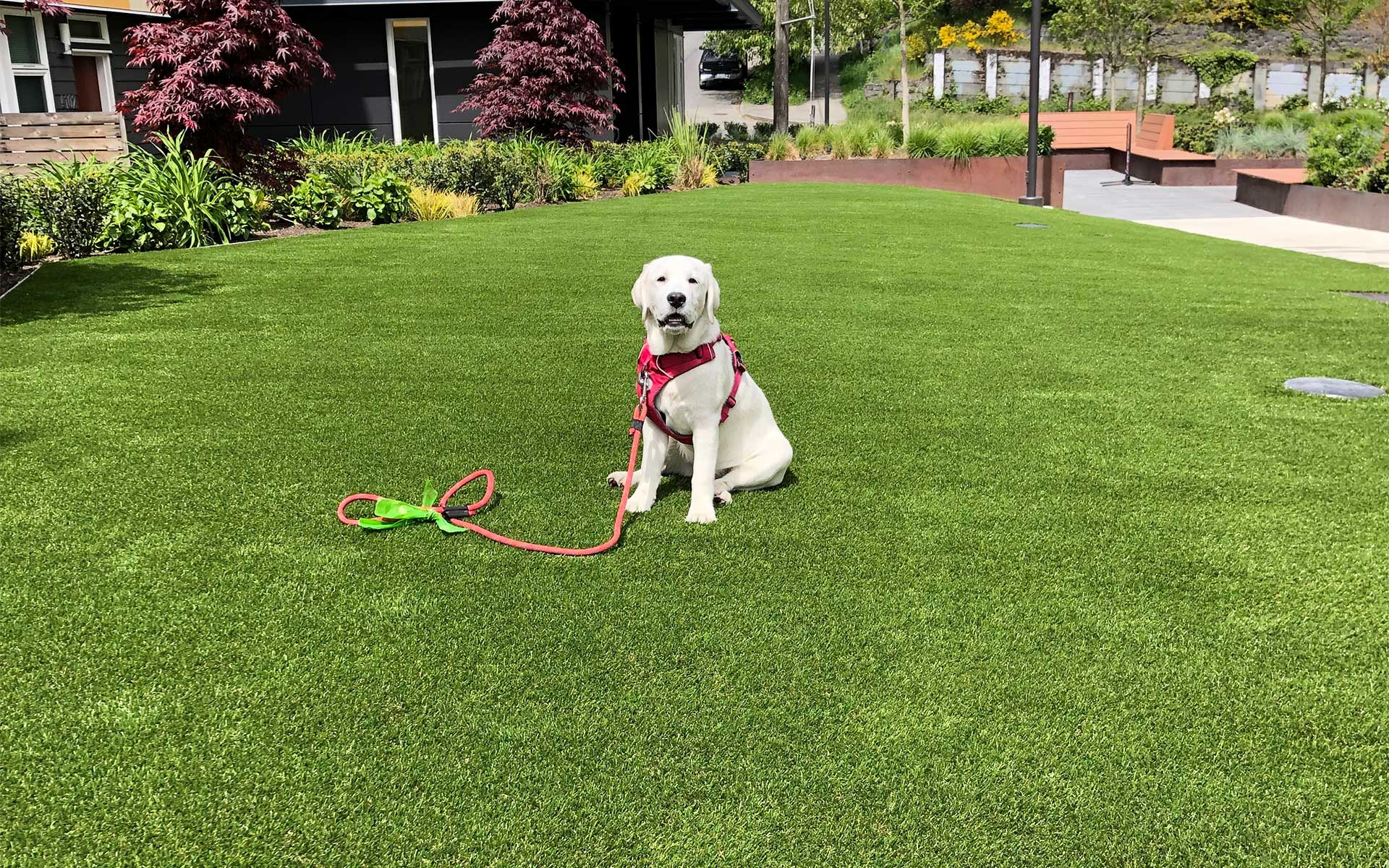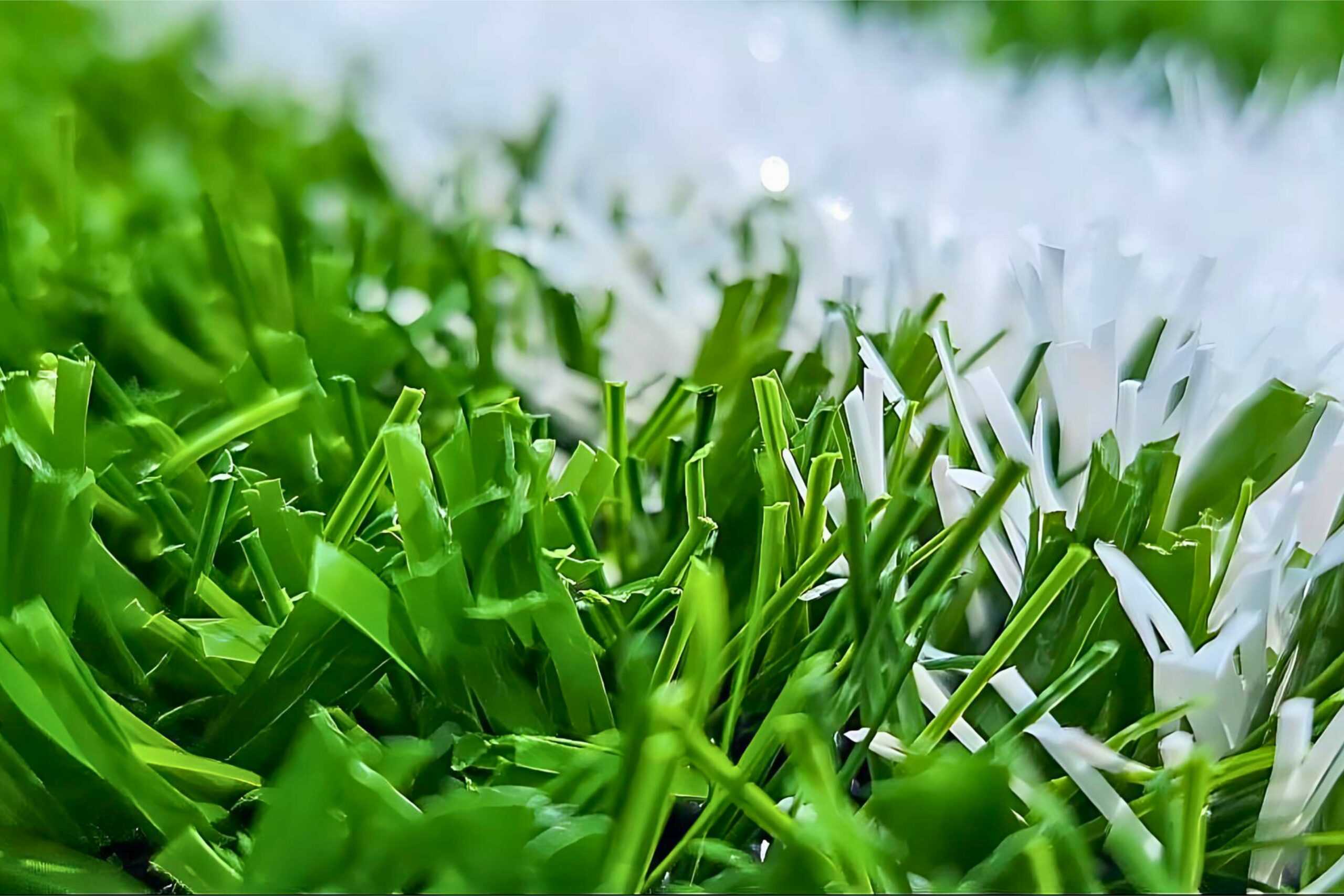Upgrade Your Outdoor Space with Arizona Artificial Turf for a Evergreen Green Look
Upgrade Your Outdoor Space with Arizona Artificial Turf for a Evergreen Green Look
Blog Article
Delve Into the Environmental Benefits of Opting for Artificial Lawn Solutions
The adoption of synthetic grass remedies provides an engaging possibility to attend to pressing ecological difficulties. By significantly reducing water use and minimizing the application of dangerous chemicals, these alternatives not just advertise lasting landscape design but additionally shield local communities. The reduced carbon impact connected with decreased maintenance activities adds to a more lasting technique to land administration. However, the ramifications of these advantages extend past simple preservation efforts, increasing inquiries regarding their lasting effect on environment preservation and overall environmental equilibrium. Exploring these dimensions exposes a complex interplay worth taking into consideration.
Water Preservation Benefits
Among the most significant advantages of synthetic turf is its ability to conserve water. Conventional turf lawns require considerable irrigation, especially in areas prone to dry spell or water restrictions. In contrast, artificial turf does not require watering, considerably decreasing the overall demand for water sources. This attribute is specifically beneficial in deserts where water scarcity is a pressing concern.
By getting rid of the demand for regular watering, synthetic grass adds to sustainable landscape practices and helps reduce the ecological influence of extreme water consumption. The preservation of water extends to the decrease of drainage, which can lead to dirt disintegration and waterway contamination.
In addition, the installation of artificial lawn permits homeowners and municipalities to allot water resources extra effectively, concentrating on necessary usages such as alcohol consumption water and agriculture. The change towards fabricated lawn not just promotes accountable water use but also straightens with more comprehensive ecological objectives targeted at protecting natural sources.
As neighborhoods significantly focus on sustainability, the water conservation benefits of fabricated lawn offer a compelling case for its adoption in property and business landscaping jobs.
Lowered Chemical Use
The transition to synthetic grass substantially reduces the reliance on chemical therapies commonly used in natural yard maintenance. Typical grass monitoring generally entails the application of pesticides, herbicides, and fertilizers to promote growth and control bugs. These chemicals can present dangers to human health and wellness, regional wildlife, and the setting, adding to soil and water contamination.
In comparison, artificial grass gets rid of the need for these dangerous materials. By reducing the launch of synthetic substances into the community, artificial grass advertises healthier soil and water systems.
In addition, the absence of chemical runoff connected with synthetic turf setups aids protect local waterways from air pollution, sustaining marine life and preserving biodiversity. Artificial turf companies phoenix. As areas increasingly focus on lasting techniques, deciding for artificial lawn offers a practical service that lines up with ecological preservation goals. Through this shift, homeowner can enjoy lush eco-friendly areas without compromising environmental health, leading the means for an extra sustainable future
Reduced Carbon Footprint

Additionally, the setup of synthetic grass can cause substantial water conservation. All-natural grass call for substantial quantities of water for irrigation, which not just contributes to the carbon impact connected with water extraction and treatment but also stress local water resources. On the other hand, fabricated lawn needs minimal maintenance, needing no watering, consequently dramatically minimizing water usage and its linked power expenses.
In addition, the long life of synthetic grass adds to its decreased carbon influence. With a life-span of approximately 15 years or more, the requirement for regular substitutes is decreased, leading to less waste and lower power intake in manufacturing and taking care of traditional lawn choices. In general, synthetic grass offers a sustainable alternative for ecologically conscious landscape design.
Environment Preservation
Habitat preservation is an important consideration in the dispute over landscape design selections, specifically when comparing fabricated grass to all-natural lawn. All-natural grass lawns commonly call for considerable upkeep, consisting of the use of plant foods, pesticides, and herbicides, which can detrimentally influence neighborhood ecological communities. These chemicals can seep into the soil and waterways, damaging indigenous plants and fauna and interfering with local habitats.
On the other hand, synthetic turf presents a chance to lower the ecological impact of landscape design. By choosing for synthetic yard, property owners can reduce the interruption of all-natural environments associated with traditional grass treatment techniques. Synthetic grass eliminates the demand for unsafe chemicals, thereby safeguarding nearby wild animals and maintaining the stability of bordering communities. Furthermore, the installment of synthetic grass can lead to the conversion of previous turf locations right into more biodiverse landscapes, such as pollinator More hints gardens or indigenous plant locations, which can sustain local wildlife.
Ultimately, the change to artificial lawn not only saves water and reduces upkeep initiatives however also fosters a much more unified connection between human tasks and the natural surroundings, promoting habitat preservation while doing so.
Long-Term Sustainability
Long-term sustainability is an important consider reviewing the benefits of man-made grass over traditional lawn lawns. One of the most considerable benefits of synthetic grass is its resilience; it can last up to 15-20 years with marginal maintenance, whereas natural yard calls for frequent reseeding and substitute. This durability minimizes the need for continuous sources, such as water, fertilizers, and pesticides, which are crucial for maintaining a healthy grass lawn.
Additionally, synthetic grass adds to a reduction in carbon exhausts linked with yard treatment tools. Standard grass frequently need gas-powered mowers, leaners, and blowers, all of which add to air pollution. Phoenix turf companies. In contrast, synthetic grass gets rid of the need for such devices, promoting a cleaner atmosphere
Furthermore, the manufacturing of artificial grass increasingly uses recycled products, enhancing its sustainability profile. As producers take on environment-friendly practices, the ecological impact of man-made lawn proceeds to lessen.

Verdict
The adoption of artificial grass solutions offers considerable ecological advantages, including substantial water conservation, reduced reliance on harmful chemicals, and a lower carbon footprint. Fabricated turf aids in protecting natural habitats by minimizing land disruption and advertising lasting sustainability with the use of durable materials. Jointly, these variables underscore the Learn More Here possibility of artificial turf to contribute favorably to ecological wellness and offer a sensible alternative to traditional landscaping techniques in a progressively resource-conscious globe.
In comparison, synthetic lawn does not require watering, significantly reducing the overall need for water resources. By reducing the launch of synthetic compounds into the ecological community, man-made lawn advertises healthier soil and water systems.
Moreover, the installment of man-made turf can result in considerable water preservation. In comparison, artificial lawn needs marginal upkeep, calling for no watering, consequently substantially decreasing water usage and its connected power prices.

Report this page